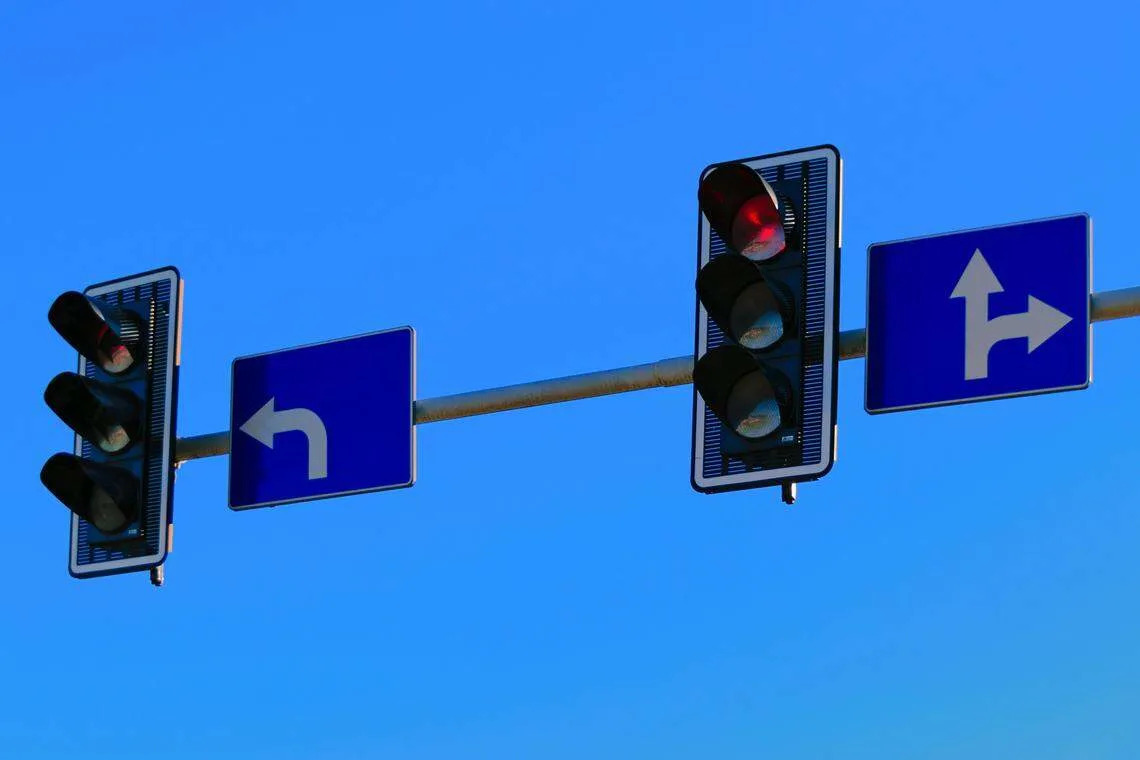
Making a left turn across a median might sound simple, but it’s a move that trips up plenty of Texas drivers.
If you’ve ever pulled into the gap and locked eyes with another car doing the same thing, you know how quickly the situation can get awkward.
Some drivers stop short, unsure of who should go first. Others swing wide or cut across, leaving everyone else guessing.
This often results in honking, frustration or even a dangerous near-miss.
So what does Texas law actually say about the right way to turn left at a median crossover?
Here’s what to know.
⚡ More trending stories from our newsroom:
→Cooldown coming for Labor Day weekend
→Can Texas ERs deny you if you don't have insurance?
→This is the best queso in Fort Worth
What does Texas law say about turning left at a median?
Texas law allows drivers to turn left across a median, but the rules change depending on its width.
Narrow medians require one approach, while wider medians are treated differently. The reasoning comes down to space. A narrow median doesn’t leave enough room for two cars to maneuver at once, while a wider one provides space for vehicles traveling in opposite directions to pass safely.
Federal data supports this distinction, showing that medians under 20 feet can increase crash risk, while those at least 30 feet wide improve safety
How should I handle a median less than 30 feet wide?
On tighter urban roads, medians are often just a strip of pavement or curb. In these cases, Amaro Law Firm notes that drivers should:
Stay close to the left side of the median when entering.
Make the turn in one continuous movement instead of stopping in the middle.
Yield to oncoming traffic before proceeding.
Avoid crossing in front of another car that is also trying to enter from the opposite side
These rules are meant to keep traffic flowing and prevent drivers from facing off in the middle of the road. If you can’t make the turn safely in one smooth motion, it’s safer to wait or use the next intersection.
What if the median is 30 feet wide or more?
Wider medians — 30 feet or greater — are treated differently under Texas law.
In this situation, the median is considered to be like two separate intersections. That means drivers can:
Pull all the way across to the far side of the median before completing the turn.
Pass other vehicles from the opposite direction without cutting in front of them.
Wait safely inside the median for an opening in traffic before finishing the maneuver
This setup is meant to make turning less stressful on bigger, busier roads where speeds are higher and more space is available.
How can I tell which rule applies?
You don’t have to measure it with tape. Amaro Law Firm recommends a few simple cues that can help you judge quickly:
If two average cars could fit front-to-back inside the median, it’s likely at least 30 feet wide.
If it looks about half the length of a bowling lane, it qualifies as wide.
Stop signs, yield signs, or lane markings inside the median are another clue it should be treated as two intersections.
When in doubt, the safest move is to continue to a standard intersection rather than risk guessing wrong.

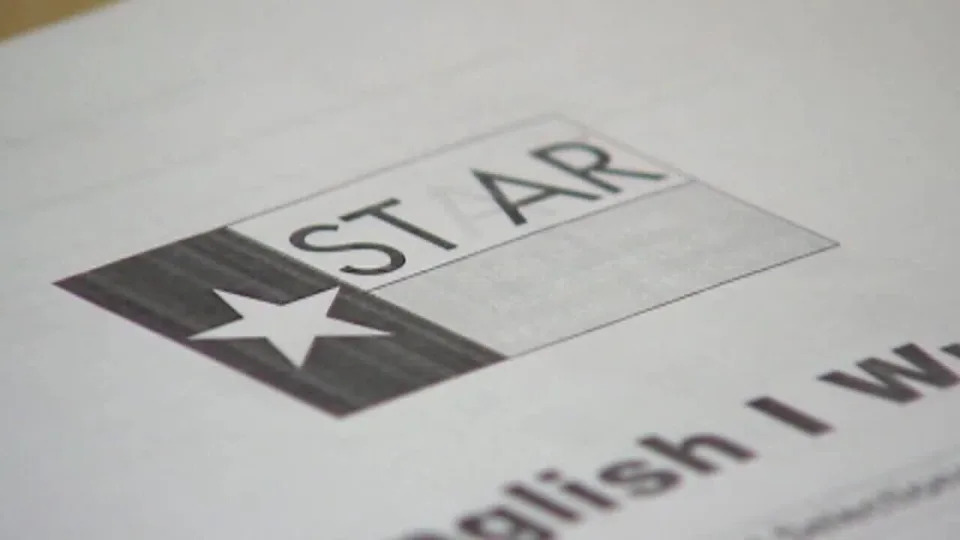

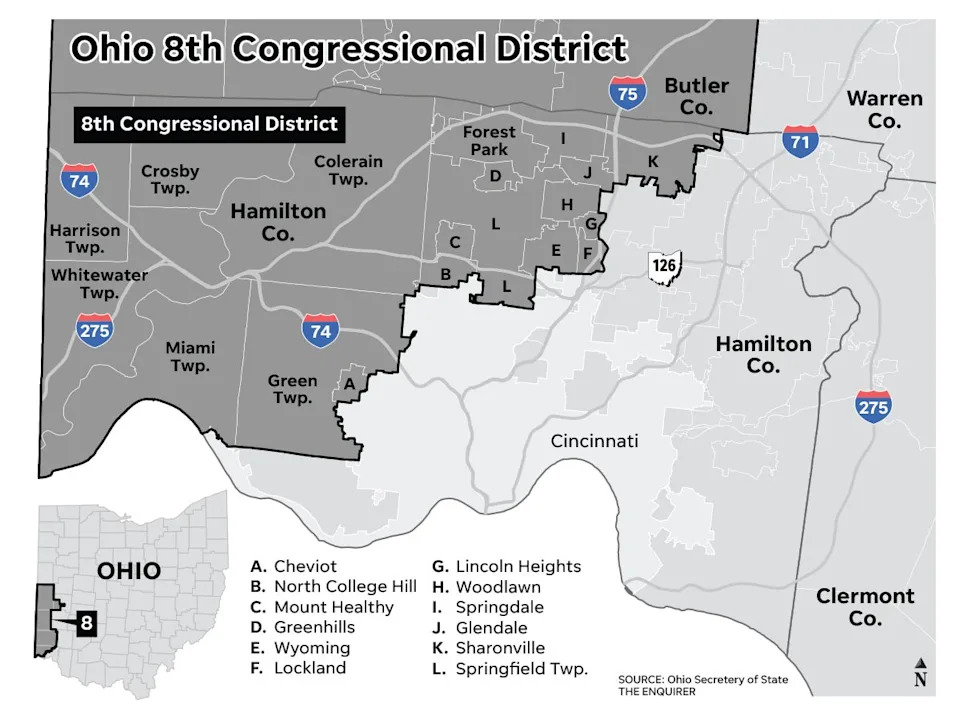

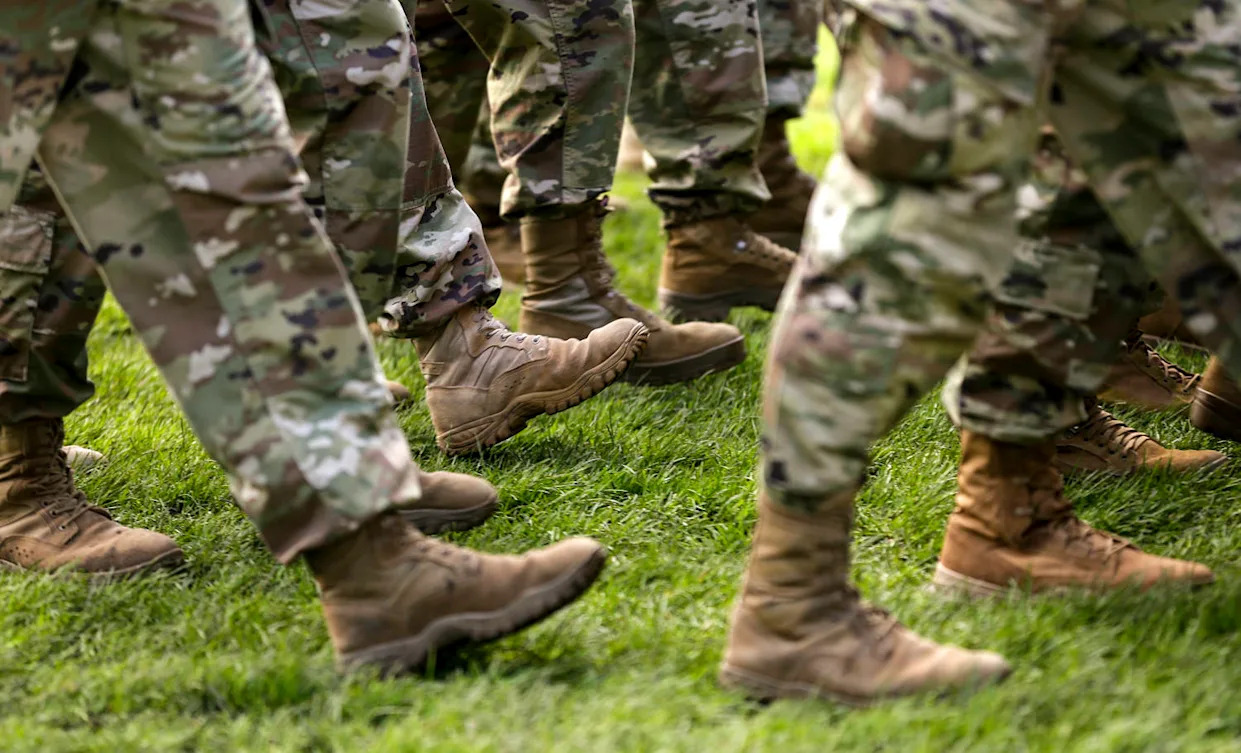
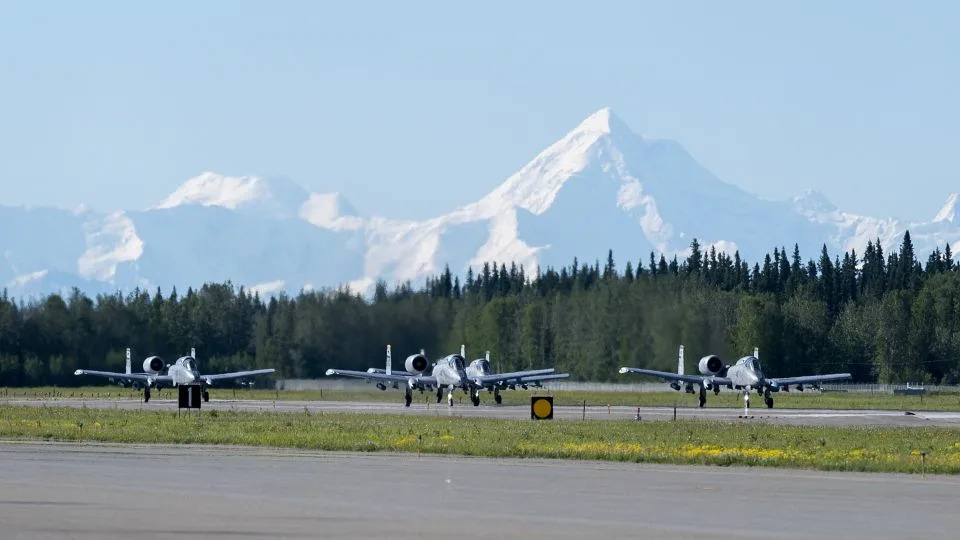
Comments